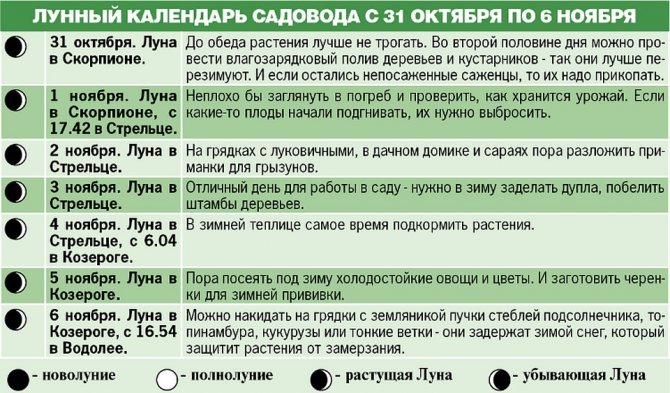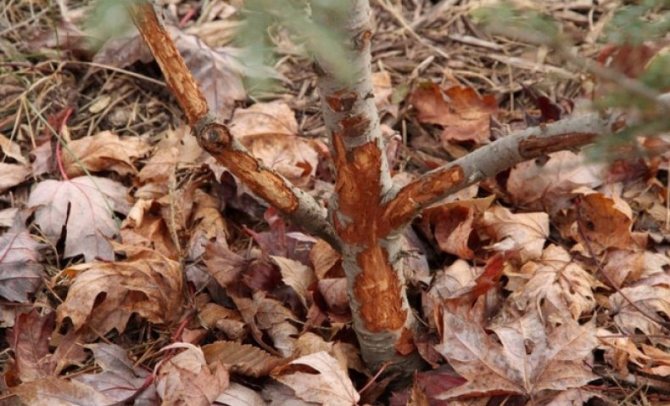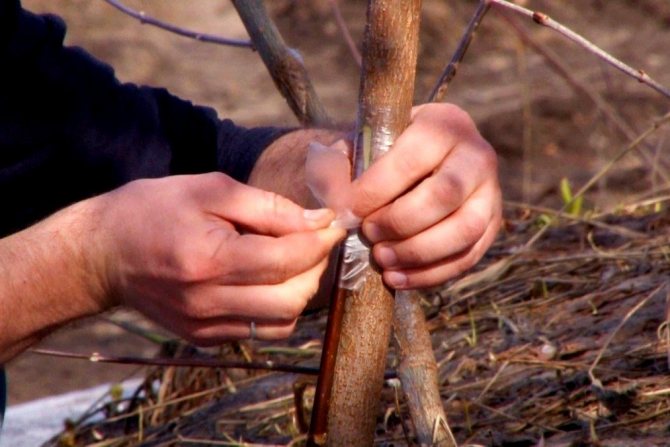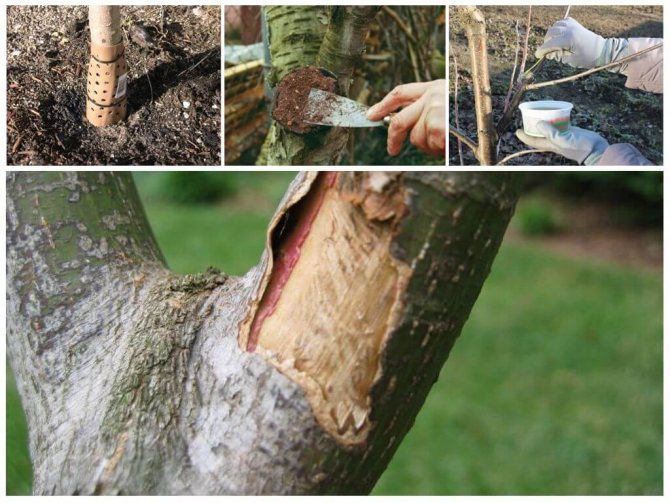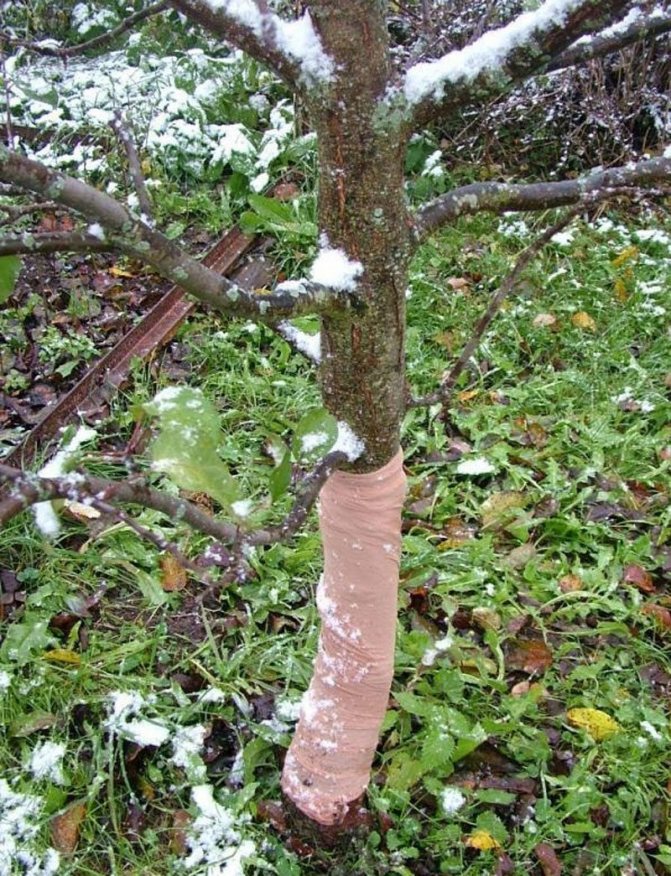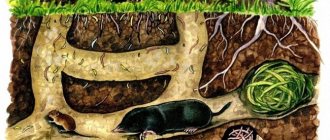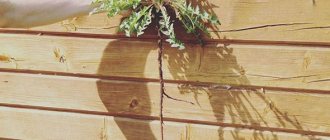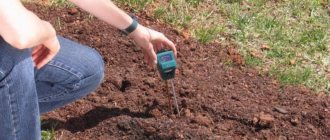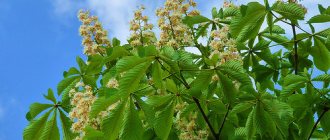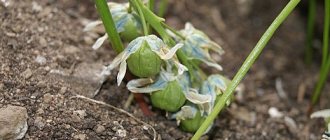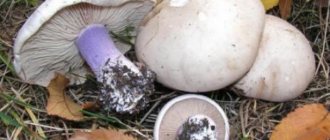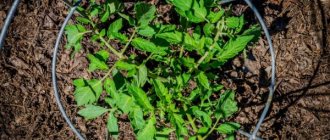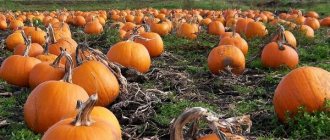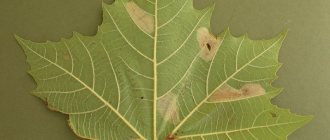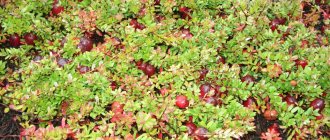Mice and hares Are ordinary guests in garden plots. The field mouse comes to the plots at the end of summer purposefully - to replenish stocks and find a place for wintering.
- How to protect your garden from rodents? Pine spruce
- Raspberries and reeds
- Wire frame
- Rancid lard
- Elderberry black
- Kerosene or ammonia
- Special ready-made traps
Rodents left in the garden damage the bark of fruit trees, gnaw at tulip bulbs. Not a single garden and horticultural crop, except for garlic, can be safe: rodents are very gluttonous and eat as much food per day as they weigh themselves. In winter, they continue to actively feed, digging passages under the snow. House mice settle in the house and raid cereals and other food leftovers, irritate the owners with a squeak and smell.
Hares for a garden in the Moscow region are rarely dangerous due to the fact that plots are most often surrounded by other plots, and not by forest. But the farther from Moscow, the more often long-eared pests gnaw the bark of young fruit trees, preferring the twigs and buds of young apple and pear trees.

hare
All this suggests that it is imperative to take preventive measures against rodents. All existing methods can be divided into two groups: preventive and deterrent and destructive.
Why trees need protection
Apple trees get the hardest, it is their bark that seems the most delicious to unwanted guests of the garden. The second most popular item on the menu is pear. But the rest of the fruit trees in your garden may not do well, especially when the apples and pears are eaten. Also, animals prefer to feast on the bark of young trees, because in adult and old specimens the bark is hard, however, this option is not excluded.
Due to the fact that rodents eat up the bark, they can severely harm the tree, weaken it, and the worst case is to cause death.
If you hope at random, without making any attempts to protect your plantings, then in the spring you can find severely damaged fruit trees that are greatly weakened, their fruiting will be delayed.
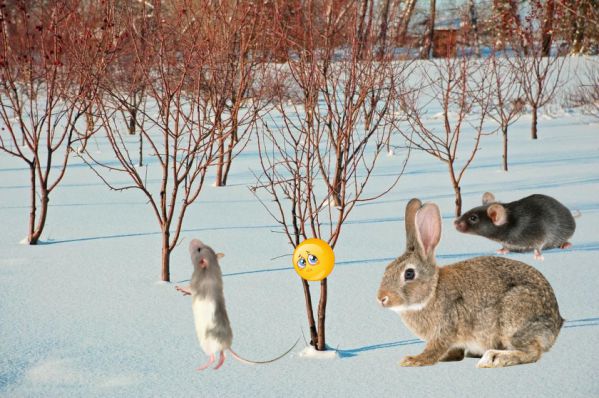

Stock of fragrant twigs
For additional control of rodents in winter, it is worthwhile to prepare or purchase fragrant natural remedies in spice shops in advance, which play the role of deterrents and additional protection against rodents.
Fragrant conifers are an instrument of not only basic, but also additional protection. If the main shelter “doesn't work” or you notice traces of mice in unexpected places, a stock of spruce branches will help you quickly create a barrier and shelter for your favorite plants.
You can also stock up on sprigs of wormwood, prickly shoots of raspberries, lavender, santolina, elderberry and dry stalks of cilantro, coriander seeds. Bundles of medicinal and herbal herbs, spices, the expiration date of which has passed, can also become an additional fragrant means of fighting rodents.
Having created a special supply of branches of aromatic plants and spruce branches, you can always at the right time additionally protect the garden from rodents in winter.To do this, you need to wrap twigs and trunks or spread the herbs so that they scare away mice or block their passages and access to protected plants, vegetables and seeds.
How and how to protect fruit trees from rodents for the winter
The very first step that needs to be taken to protect the garden from the invasion of mice and hares: you need to remove all plant residues, fallen leaves, hay, straw, fruits and vegetables from the garden in the fall. Then you need to carefully cover the compost heap.
However, such methods are not enough; specific technologies must be used to save their plantings in winter. Consider the most popular and reliable ways to protect the bark of apple trees (and other fruit trees):
- Small mesh (plastic or metal). A very reliable and convenient way to protect tree bark from mice and hares. Animals cannot overcome such an obstacle, but the tree has access to the sun's rays and air, there is no danger of podoprevanie. It is very easy to make and remove the structure. The only negative: you have to spend money to buy such material in a garden center or hardware store. Using the mesh is very simple: you need to wrap the tree trunk and skeletal branches in the form of a cylinder, the mesh should be recessed 10-15 centimeters so that the mice cannot dig a hole.
Important! The cells in the grid must be very small, otherwise mice will easily penetrate them!
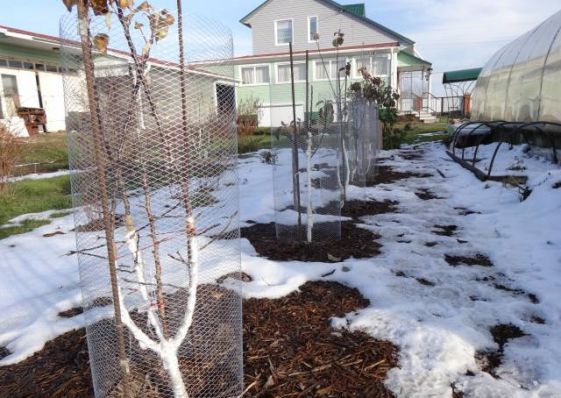

- Nylon products (tights, stockings). The method has been used for decades, and despite its long history, it does not lose its effectiveness. It is necessary to tie the stem with capron on a dry, clear day with the first frosts in late autumn. For greater efficiency, you can soak nylon with a small amount of the drug "Pugach".
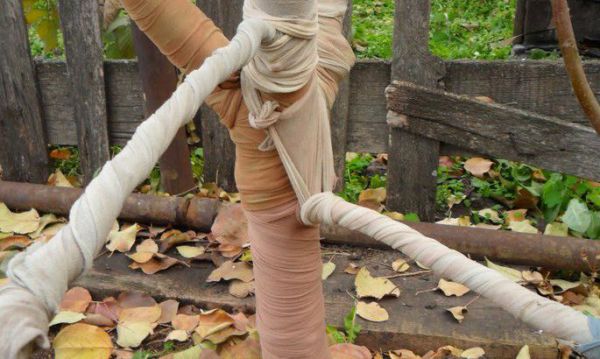

- Spruce or pine spruce branches. The branches of evergreen crops are very helpful in preventing the invasion of hungry animals. Firstly, the smell of conifers scares them off, and secondly, sharp needles prevent them from getting close to the bark. The technology of use is simple: you need to tightly place the spruce branches around the trunk with the needles down, and then firmly fix it with a rope. However, remember that you cannot recklessly use forest resources and pluck spruce branches from trees! In order to respect nature, you can take it from the ground, for example, after sanitary felling, you can use last year's branches.
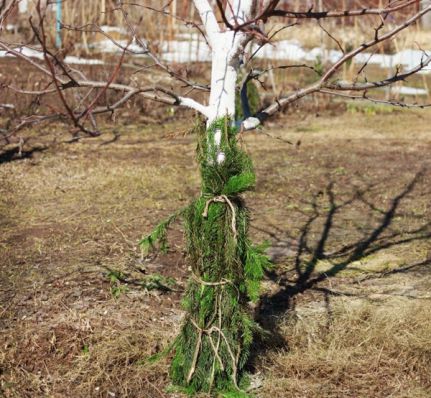

- Branches of other crops (juniper, rosehip, hawthorn, raspberry, blackberry)... If you are pruning the listed crops in autumn, it is better to cover the stem with them instead of spruce branches. The branches are also anchored tightly around the trunk, leaving no space for the animal to crawl into.
- The main protection specifically from hares can be solid fence around the entire perimeter of the site... The fence can be from a profiled sheet or from a chain-link mesh. Moreover, such a fence should not have any slots or holes into which rodents can get through.


- Special tree paint to protect rodents (as a rule, it also protects the bark from sunburn, frost, pests). You can buy it in specialized garden stores. You need to use the paint at above-zero temperatures on a dry day, shortly before the first frost.
- A mixture with a bright smell. Instead of purchased finished paint, you can prepare an odorous mixture with your own hands. The strong smell will scare animals away throughout the winter. For example, you can prepare a mixture according to the following recipe: clay and mullein (half a half bucket of each substance) are stirred to a creamy consistency, 50 grams of creolin are added to them, mix thoroughly again. It is also better to lubricate the stems with the mixture on a dry day before the first frost.
- Odorous sawdust in the trunk circle. Some bright smells can scare animals away.It is effective to make a solution (5 grams of creolin or carbolic acid per 1 liter of water), soak sawdust with it and spread it out in the near-trunk circle.
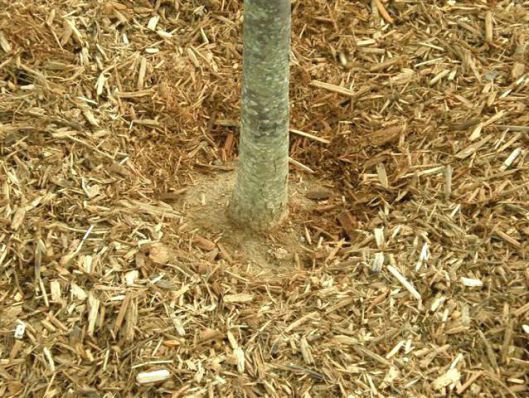

- Fragrant herbs in the trunk circle. For additional protection, you can lay out fragrant herbs in the near-trunk circles, which will scare away animals. For example, lemon balm, mint, wormwood, tansy, basil, cilantro. This method is best used in combination with other methods described above.
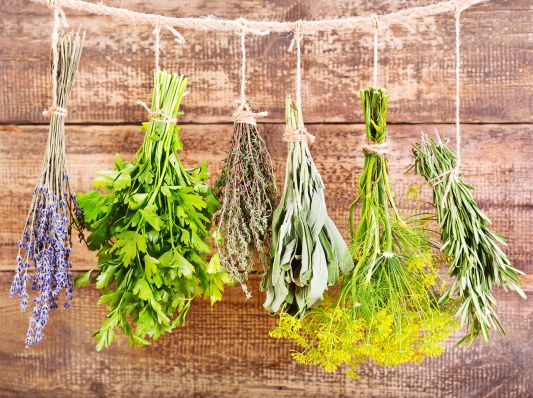

Regular cover checks
Whichever way of protecting the trunks you use, how it "works" in practice, it is better to regularly check in winter. With the arrival of real frosts during a visit to the garden, regularly inspect all the shelters.
If you are using fabrics, nonwovens, spruce branches, twigs, reeds, etc. for tying tree trunks, check how securely the fasteners are held and whether there are gaps on them. Particular attention should be paid to plants covered with an air-dry method and mulched for protection with dry leaves, sawdust and straw, because mice often find additional shelter in dryness and warmth.
Even if trees and shrubs are protected, it is worth making sure that mice or hares do not reach the branches and buds by examining the entire crown above the shelter. If protection is not enough, additional measures must be taken to wrap up or install repellents and traps. Stocks of dry twigs or spruce branches should always be available to renew, strengthen or create a new shelter.
It is worth making sure of the effectiveness of other measures:
- check if the mouse repeller is working properly;
- inspect and fill traps and baits;
- update deterrent agents by replacing the “fillers” that have lost their smell with new ones.
In vegetable stores and places where seeds, planting material, food stocks are placed, inspection and verification of the effectiveness of rodent control should be even more thorough. Even the slightest signs of an unpleasant "mouse" smell, afterbirth, missing nuts, cereals or seeds are a reason to immediately take additional measures.
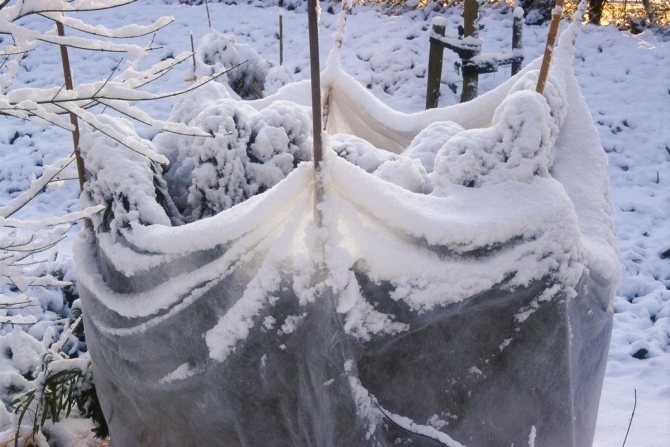

With the arrival of real frosts during a visit to the garden, regularly inspect all the shelters.
What can not protect trees in the garden from rodents
But to protect fruit trees roofing felt and roofing material Not recommended. Unfortunately, such roofing materials are often used in horticulture, but they are completely unsuitable for this. In particular, it is highly discouraged to use them to protect trees from rodents, because together with protection they will harm them. The arguments against using roofing felt and roofing felts are very weighty:
- The materials are impregnated with resins that can have a toxic effect on young seedlings.
- They are used in construction as waterproofing materials, therefore, they are completely impervious to moisture. Because of these properties, water accumulates in them, which causes the bark to become warmed, rotting.
- During thaws, water can accumulate between the trunk and the material, and during frosts, the water turns into ice, which will tightly surround the trunk of the tree.
- They can get very hot, therefore, during sunny days in late winter and early spring, the heated surface of the material can cause bark burns.
By the way!If you really want to cover the trunk of a fruit tree with roofing felt or roofing felt, then you can follow the following instructions:
- first wrap the trunk with burlap in several layers;
- Roofing material or roofing felt around the tree in the shape of a cylinder;
- deepen the material 10 cm;
- secure the material firmly with electrical tape or twine;
- at the top of the cylinder, wrap the hole with foil or cover it with clay to keep moisture out of the cylinder.
Shoot the material in early spring when the warm days come!
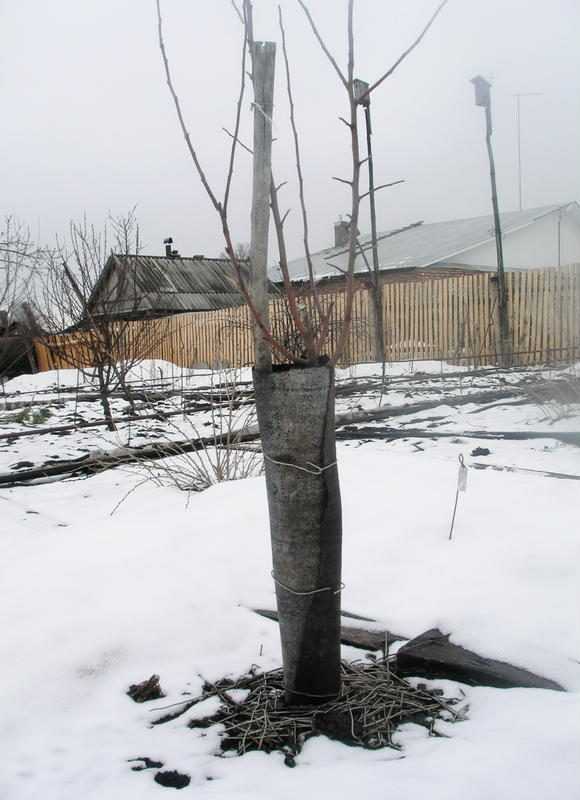

If you reliably protect your fruit trees using the right technology, then you can safely go on a winter summer "vacation" and not worry about your breadwinners.When spring comes, take a close look at your garden. If damage is found on the trunks, lubricate them with garden varnish.
Preventive actions
Hares and mice are easy to scare. For this, large black polyethylene bags are hung on the trees. They will rustle, and rodents will not dare to approach the apple trees. You can hang dark circles with a diameter of 15 cm, cut from cardboard on the lower branches. They will move from the wind and repel pests.
Or take tin cans, cut them out so that you get a tin strip, then twist them in spirals. Then hang them up so that they hit one another in the wind. You can also hang scarlet ribbons on the trees.
Here you can watch a video on the topic "How to protect a tree for the winter from rodents":
If rodents have damaged a tree
If all efforts were not enough, and the pests gnawed the bark of the apple tree, it is recommended to use several methods of treating trees. The most difficult, but rather ineffective, is the engraftment of bark taken from an undamaged part of the tree. Put the patch on the bare trunk (be sure to trace the direction and location of the bark fibers), fix it with foil, tape. It is recommended to use the method only for minor damage.
A more effective method is the use of linden infusion, which quickly heals the damaged areas. You can also use the product if the rodents have damaged the roots located near the soil surface. It is simple to prepare the product:
See also
Description of the variety of apple trees Medunitsa and its rootstocks, features of planting, cultivation and careRead
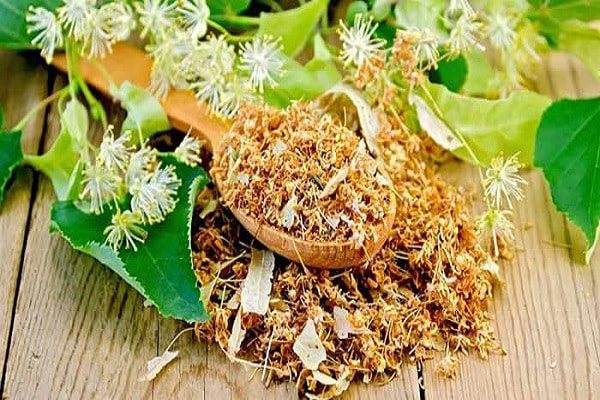

- Chop the linden bark (200 ml) with a sharp knife.
- Pour the prepared vegetable raw materials with cool water, boil over low heat for half an hour.
- Insist 3 hours, drain.
Coat the damaged apple tree trunk with the resulting liquid, wrap with thick parchment, tie with twine. Simply grease the roots with infusion, sprinkle with a thick layer of soil. Leave the bandage for 3-5 weeks, remove, repeat the process. Usually 2-3 applications of the product are enough to restore the bark.
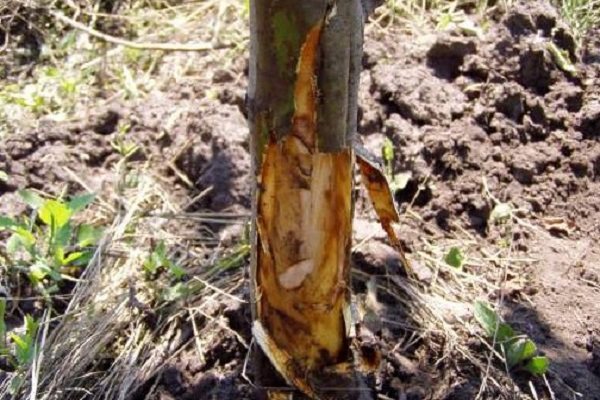

Decorative gimmicks
Decorating a winter garden is a real pleasure. If you visit the site regularly, even during the coldest season, you can add festive charm and vibrant colors to the garden with natural decor and accessories, tinsel and lighting. In this case, you can use purely decorative means to combat rodents and protect garden plants from them.
Bright red ribbons hung around the garden, painted nets and fences, the use of red strings and ribbons in the winding is one of the means of scaring away hares. If you hang small treats for birds on red ribbons or paint birdhouses like this, then such protection will also be a bait for useful birds.
Decorative tying the trunks with a bright cloth or tying ribbons impregnated with repellents will add color to the winter garden. Materials that rustle strongly upon contact - for example, New Year's tinsel - can also act as an additional deterrent for bark lovers.
Do not forget that the main means of protecting plants from rodents - spruce branches - is also a very decorative agent. A lap tree for shelter on flower beds can not only be spread out, but tied into bouquets and huts, considering not only as a means of fighting mice, but also as an additional decor.
And beautiful bundles of spruce branches, laid along pipes, drainage systems, covering air ducts and other "channels" through which mice and rats can get into the house, utility block and storage, will only decorate your garden.
How to recognize animal activity
Hares feed on the bark and shoots of the apple tree at night and at dawn, so it is difficult to see them.In addition, these animals have excellent hearing and any rustle or movement will be noticed immediately, quickly leaving the "crime scene".
However, the activity of hares can be recognized by the following signs:
- Shoots of young trees seem to have been cut at the root
- The bark of young and older trees, shrubs is partially or completely absent (at a height of up to one meter)
- Pits and trenches appeared on the site
- Hare waste.
Why do mice gnaw on apple trees?
With the onset of cold weather, it is hard not only for plants. Hares, mice and other rodents are forced to look for food in the forests, where it becomes less and less every day. The attention of rodents is attracted by summer cottages, where there is still something left to profit from. The bark of apple trees, pears and plums is rich in vitamins and minerals. In addition, it tastes good, which so attracts fluffy animals.
Winter is the hungriest time of the year
Also, under the bark are insects that did not have time to hide from the winter frosts. They can be bait too. Therefore, even in warm autumn, it is necessary to take appropriate measures to protect young trees, because they are the most attractive to mice.
Creolin - what is it?


Products of oil refining and coal have strong odors and viscosity. Their useful actions include the ability to disinfect. No wonder they are used to impregnate wooden sleepers, telegraph poles. Many have found their application in veterinary medicine and horticulture.
A viscous liquid with a pronounced pungent odor consists of naphthalene, coal oil, ichthyol.
This is creolin, which has a disinfectant effect. The main role in the antiseptic, antiparasitic properties of the drug is played by coal oil, which is obtained from resins. It is from this substance that various varnishes, disinfectants used in agriculture are prepared. It is not for nothing that coal oils are called standards of antiseptics.
If earlier creolin was widely used in medicine for disinfecting wounds, now it is treated with plants to save from pests, pet hair from parasites. You need to know that in its pure form, creolin is toxic, therefore, it is used in solution for processing plants.
We determine the degree of damage and risks
To find the optimal strategy for restoring damaged fruit trees and other seedlings affected by rodents, it is worth determining the extent of damage to the plant. Rodents can:
- partially gnaw the bark on the trunk;
- gnaw the bark on the trunk around the circumference (ring);
- feast on skeletal and small twigs;
- harm the roots (most often, damage occurs only in spring, when the trees collapse and are easily pulled out);
- gnaw through the tissue of the root collar.
All types of damage, even small ones, put trees at risk of frostbite, infection, disrupt sap flow and cause drying out, not to mention reduced resistance and yield.
Two factors affect the chances and timing of plant rescue:
- the state of the cambium (has the cambium been damaged and has the drying process begun?);
- the affected area.
It is worth saving only trees in which at least part of the bark has not been nibbled (at least 20% of the bark and roots should remain). The smaller the area of damage, the higher the likelihood that the seedling will survive and recover over the years. Serious risk of plant death - more than 50% of the bark or roots are damaged or any ring lesion.
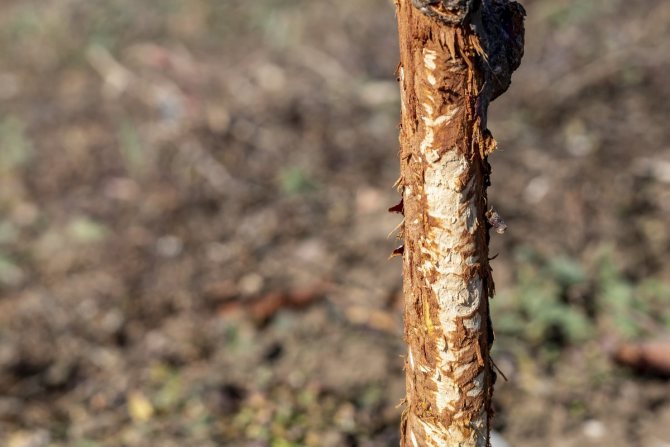

To choose the optimal strategy for restoring seedlings damaged by rodents, it is worth determining the degree of damage to the plant.

